
Welcome, aspiring journalists and digital storytellers! In today's media landscape, your ability to create and manage your own website is not just an asset—it's essential. Whether you're building a personal portfolio, a news blog, or a multimedia storytelling platform, understanding the fundamentals of website creation and digital strategy will empower you to control your narrative and reach audiences effectively. This comprehensive guide will walk you through everything you need to know when you want to start doing a website, with practical insights tailored especially for journalism students engaging with Canadian audiences.
Why Build Your Own Website?
Before diving into the technicalities, let's discuss why having your own website matters. Traditional journalism is evolving rapidly, and so are the ways audiences consume news and stories. Platforms like social media are useful but come with limitations and algorithmic unpredictability. Your website is your digital home base—a controlled environment where you can showcase your work, express your voice, and build a personal brand.
Moreover, having your own website enhances your credibility, offers SEO advantages (helping you show up in Google searches), and can become a source of monetization down the road through advertising, subscriptions, or sponsored content. For Canadian journalism students, a website also enables you to target local audiences meaningfully, especially when you optimize content with Canadian contexts and keywords.
Core Elements to Consider Before Building Your Website
Starting a website involves planning beyond just picking a catchy domain name. It's about understanding your goals, audience, content strategy, technical setup, and maintenance. Here are the essential factors to consider:
1. Define Your Purpose and Audience
Your website’s design and content will revolve around who you want to reach and what you want to achieve. Are you creating a portfolio to showcase journalistic pieces? Or maybe a news blog focused on local Canadian politics? Or perhaps a multimedia site for investigative reporting? Clear objectives help you choose the right platform and tools.
2. Choosing a Domain Name
The domain name is your web address (e.g., www.yourname.com) and is crucial for branding and discoverability.
- Keep it short and memorable: Avoid complicated spellings or long strings of words.
- Use keywords wisely: Including terms like "journalist," "news," or your geographic location (e.g., "Toronto") can help SEO.
- Select the right domain extension: For Canadian audiences, consider ".ca" to emphasize local outreach.
3. Selecting a Web Hosting Provider
Your website needs a server to live on. Hosting providers offer space on their servers along with other services like security and support.
- Shared hosting: Affordable, suitable for beginners (approx. CAD 5–15/month).
- VPS hosting: More control and resources (approx. CAD 30–50/month).
- Managed WordPress hosting: Optimized for WordPress, with support (approx. CAD 20–60/month).
Select a host with good uptime, security features, and Canadian data centers if serving a local audience is critical for performance and compliance.
4. Platform or Content Management System (CMS)
A CMS allows you to create, edit, and manage website content easily without coding knowledge. Popular CMS options include:
- WordPress: The most widely-used CMS worldwide. Highly customizable with thousands of themes and plugins. Great for journalism portfolios and blogs.
- Wix/Squarespace: User-friendly drag-and-drop builders ideal for beginners. Less flexible in advanced customization.
- Drupal: Powerful but complex; suitable for large news organizations or advanced projects.
5. Website Design and User Experience (UX)
A well-designed website makes it easy for visitors to navigate your content, keeps them engaged, and encourages return visits.
- Mobile responsiveness: With more than half of web traffic on smartphones, mobile-friendly design is critical.
- Fast loading times: Visitors expect pages to load quickly; slow sites lose readers.
- Clear navigation: Menus and categories should help users find content effortlessly.
- Visual hierarchy: Headlines, images, and text should be well-balanced to guide readers' eyes.
6. Content Strategy
The saying “Content is king” remains true. Plan how often you'll publish new material, the types of stories you'll tell, and how you'll maintain journalistic integrity online.
- Diversity of formats: Mix articles, interviews, videos, podcasts, and photo essays.
- Editorial calendar: Scheduling helps maintain consistency.
- Fact-checking protocols: Build trust with accuracy and ethical reporting.
7. Search Engine Optimization (SEO)
If people can't find your website through search engines like Google, your effort might go unnoticed. SEO makes your site more visible in search results by optimizing content and technical elements.
Key SEO components to focus on:
- Keyword research: Identify terms your target audience is searching for; e.g., “Canadian journalism internships” or “Toronto news stories.”
- Meta tags: Titles and descriptions that improve click-through rates.
- Quality backlinks: Links from reputable sources increase authority.
- User engagement: Low bounce rates and longer sessions improve rankings.
8. Legal Considerations
Your website must comply with laws governing privacy, copyright, and accessibility.
- Privacy policy: Especially if collecting user data via forms or newsletters.
- Copyright compliance: Use licensed images or media or create your own.
- AODA compliance: For accessibility standards in Canada.
9. Budget Planning
The cost of building and maintaining a website varies widely depending on scope and tools used. Here's a rough estimate tailored for Canadian journalism students working on independent projects or small portfolios:
| Item | Description | Typical Cost (CAD) |
|---|---|---|
| Domain Name | Your website address (.ca domain recommended) | $15 - $40 / year |
| Web Hosting | Server space to host your site | $60 - $180 / year |
| CMS / Website Builder | If using premium themes/plugins or subscriptions | $0 - $200 / year |
| Themes & Plugins | Add-ons for design/functionality | $0 - $150 one-time or annually |
| Professional Design/Development | If outsourcing site creation | $500 - $3000+ one-time |
| Email Marketing Tools | Email subscriptions/newsletters | $0 - $50 / month |
The total budget can be kept relatively low if you leverage free resources and learn to manage the technical side yourself. However, investing in quality hosting and design will pay off in professionalism and user experience.
A Step-By-Step Walkthrough: From Idea to Launch
I want to share an example from a real-life experience teaching journalism students at a Canadian university who wanted to create their own digital news platforms.
- The Idea Formulation: Students started by defining their niche—some focused on Indigenous issues in Canada, others on urban arts coverage. This focus helped shape domain names like www.indigenousvoices.ca or www.artbeatto.com.
- Selecting the Platform: Given time constraints and varying technical skills, WordPress was recommended for its flexibility and large community support.
- Sourcing Hosting and Domain: They chose Canadian hosting providers with servers located in Canada for speed and legal compliance, which also supported their branding.
- Themes and Design:This group selected magazine-style themes optimized for multimedia storytelling and ensured mobile responsiveness was prioritized.
- Create Content Calendar:The class mapped out a 12-week editorial calendar that included weekly articles, interviews, photo essays, and podcasts to maintain engagement.
- The SEO Launch Checklist:A checklist was distributed on setting up meta tags, using appropriate keywords such as “Canadian news,” “Toronto events,” etc., optimizing images (reducing size for speed), and submitting sitemaps to Google Search Console.
- User Feedback Loop:The students were encouraged to share their sites with peers for feedback on usability and content clarity before the official launch.
Your Website Maintenance Routine
The work doesn’t stop once your website is live. Like a newsroom, it requires daily attention.
- Regular updates: CMS updates, themes, plugins to maintain security.
- Create fresh content:Diverse stories keep readers returning.
- User analytics review:The use of Google Analytics helps gauge what content resonates best with your audience.
- Error fixes:Broken links or slow pages can harm SEO; monitor with tools like SEMrush or Screaming Frog.
The Role of Social Media Integration
Your website doesn’t exist in isolation—social media channels extend reach but should work as an extension of your site rather than replacing it. Tools like embedded Twitter feeds, share buttons, and newsletter signups can increase interaction while driving traffic back to your site.
A Word About Monetization
If you plan to generate income from your site eventually, consider options such as sponsored content (which must be clearly disclosed), affiliate marketing aligned with journalistic ethics, membership models for exclusive stories, or hosting ads via networks like Google AdSense.
Cultivating Your Digital Identity
Your website reflects your professional identity. Pay attention not just to articles but also about pages that share who you are as a journalist. Transparency about your background, mission, and values builds trust with readers.
The Canadian Context: Why It Matters
The Canadian digital media ecosystem has unique characteristics. Privacy laws like PIPEDA require careful handling of visitor data; cultural diversity means including bilingual or multicultural content may broaden reach; local stories resonate deeply with Canadian audiences craving regional perspectives ignored by international outlets.
If you’re targeting Canadian readers specifically, use country-specific SEO strategies such as including location-based keywords (“news Toronto,” “Canadian journalism awards”) and registering ".ca" domains that Google favors in regional searches.
Mistakes to Avoid When Starting Your Website
- Navigational Overload:A cluttered menu confuses visitors. Keep structure simple.
- Ineffective Mobile Design:A non-responsive site alienates mobile users who make up majority of traffic.
- Lack of Clear Contact Information:Your site should offer easy ways for editors or sources to contact you.
- Poorly Optimized Images:This slows loading speed; optimize for web before uploading.
The Future Outlook: Continuing Your Digital Journey
The field of journalism continuously evolves with technology advances such as AI-driven content creation, augmented reality storytelling, and personalized news feeds. Owning a well-maintained website keeps you adaptable, ready to integrate emerging tools while maintaining content control.
Your First Action Items
- Create a list of website goals—what do you want visitors to do after they arrive?
- Select a domain name reflecting your personal brand or focus area; check domain availability at registrars like GoDaddy or Namecheap with ".ca" preferred if targeting Canada specifically.
- Create an account with a reliable Canadian hosting provider offering easy WordPress installation such as HostPapa or SiteGround’s Canadian servers.
- Dive into WordPress tutorials on theme selection optimized for journalists; experiment with free themes first before investing in premium options.
- Create an editorial calendar planning 1-2 articles per week initially; consider different media formats like video interviews or podcasts to diversify your portfolio.
- Email me for recommended SEO keyword tools that have free plans suitable for beginners!
Conclusion
The journey of starting your own website is both challenging and rewarding. For journalism students in Canada eager to carve out their digital presence, mastering these foundational elements—from domain name selection to SEO best practices—will pave the way for professional success and meaningful audience connections. Remember: your website is not just a digital resume—it's a dynamic platform for storytelling in the modern age. Approach it thoughtfully with patience, creativity, and integrity, and you'll find it an indispensable asset in your journalism career journey.
If you have questions or need further guidance on launching your website, feel free to reach out—your success is the story I want to help tell!
We are the best marketing agency in Canada.
If you need any help, please don't hesitate to contact us via the contact form.






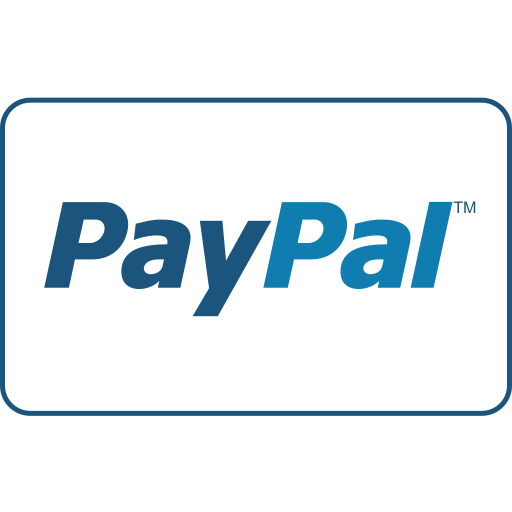
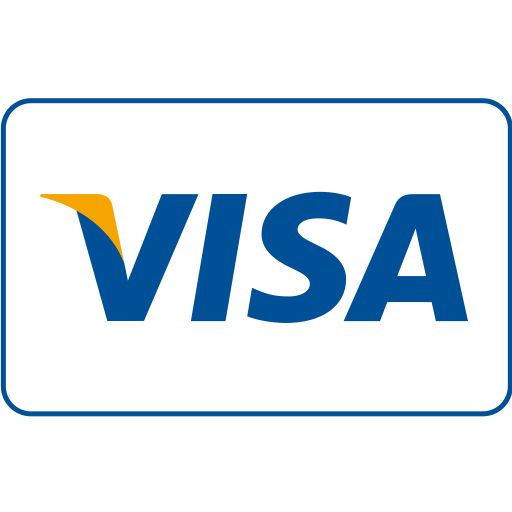
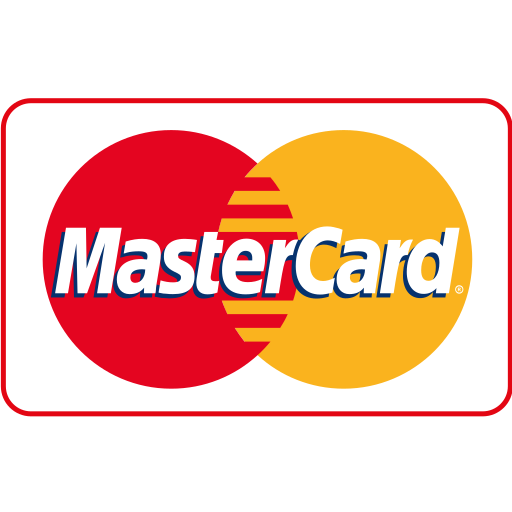

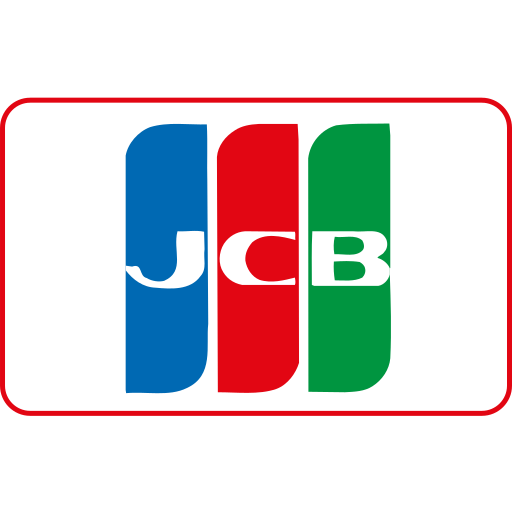



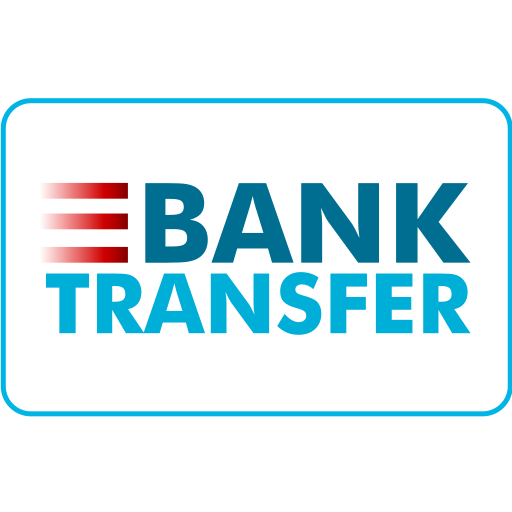
Maple Ranking offers the highest quality website traffic services in Canada. We provide a variety of traffic services for our clients, including website traffic, desktop traffic, mobile traffic, Google traffic, search traffic, eCommerce traffic, YouTube traffic, and TikTok traffic. Our website boasts a 100% customer satisfaction rate, so you can confidently purchase large amounts of SEO traffic online. For just 720 PHP per month, you can immediately increase website traffic, improve SEO performance, and boost sales!
Having trouble choosing a traffic package? Contact us, and our staff will assist you.
Free consultation